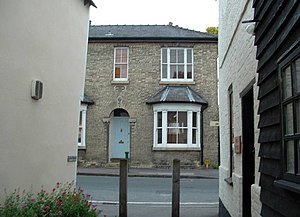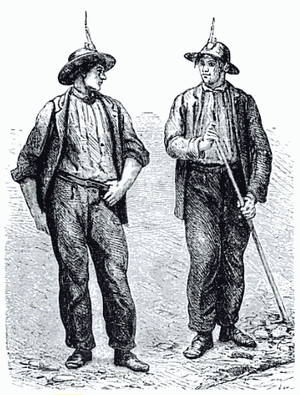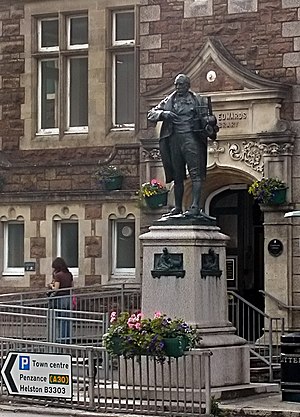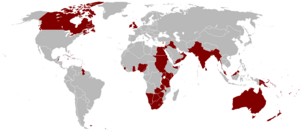
Emigration had sharply declined over the course of the First World War. Capitalizing on the potential of Britons wanting to emigrate from post-war England, both Canada and Australia began concerted efforts to encourage renewed immigration. Owing to these efforts, migration gradually increased between 1919 and 1920.
During this time, the British government began implementing schemes of its own – though often in collaboration with the various colonies. A couple of programs were instituted to not only encourage emigration to Australia and Canada, but also to New Zealand, and South Africa as well.
The Overseas Settlement Scheme
The 1919 Overseas Settlement Scheme was passed to assist discharged soldiers returning home from the Great War. The scheme offered free passage to ex-service men and women and their dependents. This scheme lasted until the end of 1922, and over its duration, over 86,000 migrants were provided assistance. Of this 86,000, 26,560 went to Canada, 34,750 went to Australia, 12,890 went to New Zealand, 5,890 to South Africa, and nearly 3000 ended up in other parts of the Empire.
In Australia, just over 24 million acres was allocated to the settlement scheme. Approximately 23,000 farms were established across the country, and by June of 1924, 23,367 soldiers and sailors had emigrated and settled on the farms. This scheme enabled greater development of land that had been previously uninhabited in territories throughout Victoria, New South Wales, Queensland, and South Australia.
New Zealand saw a dramatic shortage of farm labourers after the loss of 17,000 men in the war. In addition to aiding ex-service men, various private sectors in New Zealand also instituted juvenile immigration schemes. The Flock House Scheme, for example, was initiated in honour of the British Navy and Mercantile Marines, and provided homes for the children of sailors who had been killed during the war. Boys received instruction in agriculture, while the girls were trained in domestic and industrial occupations. Through this scheme and others, approximately 2600 children were brought to New Zealand.
The Empire Settlement Act
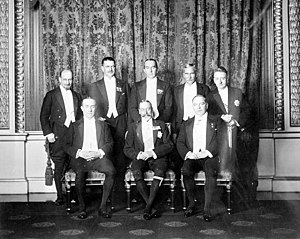
In 1922, the Overseas Settlement Scheme was expanded to provide assistance to any “suitable persons” from the general public who might want to emigrate. This scheme was dubbed the Empire Settlement Act.
This act allowed the British government to collaborate with its Dominion governments, as well as with private organizations and public authorities, to develop emigration schemes. Under this act, married couples, single farm laborers and teenagers between the ages of 14 and 17 were given free passage, and occasionally, training opportunities. In exchange for passage, the emigrants were expected to settle and remain on the land.
A variety of public and private schemes were instituted under this act, including the “3000 Families Scheme” and the “Dominion-Provincial Land Settlement Scheme” in Canada, and various Australian settlement schemes initiated by Dr. Barnardo’s, the Big Brother movement, and others.
Over its duration, the Empire Settlement Act provided assistance to 212,000 immigrants to Australia, and another 130,000 immigrants to Canada.






